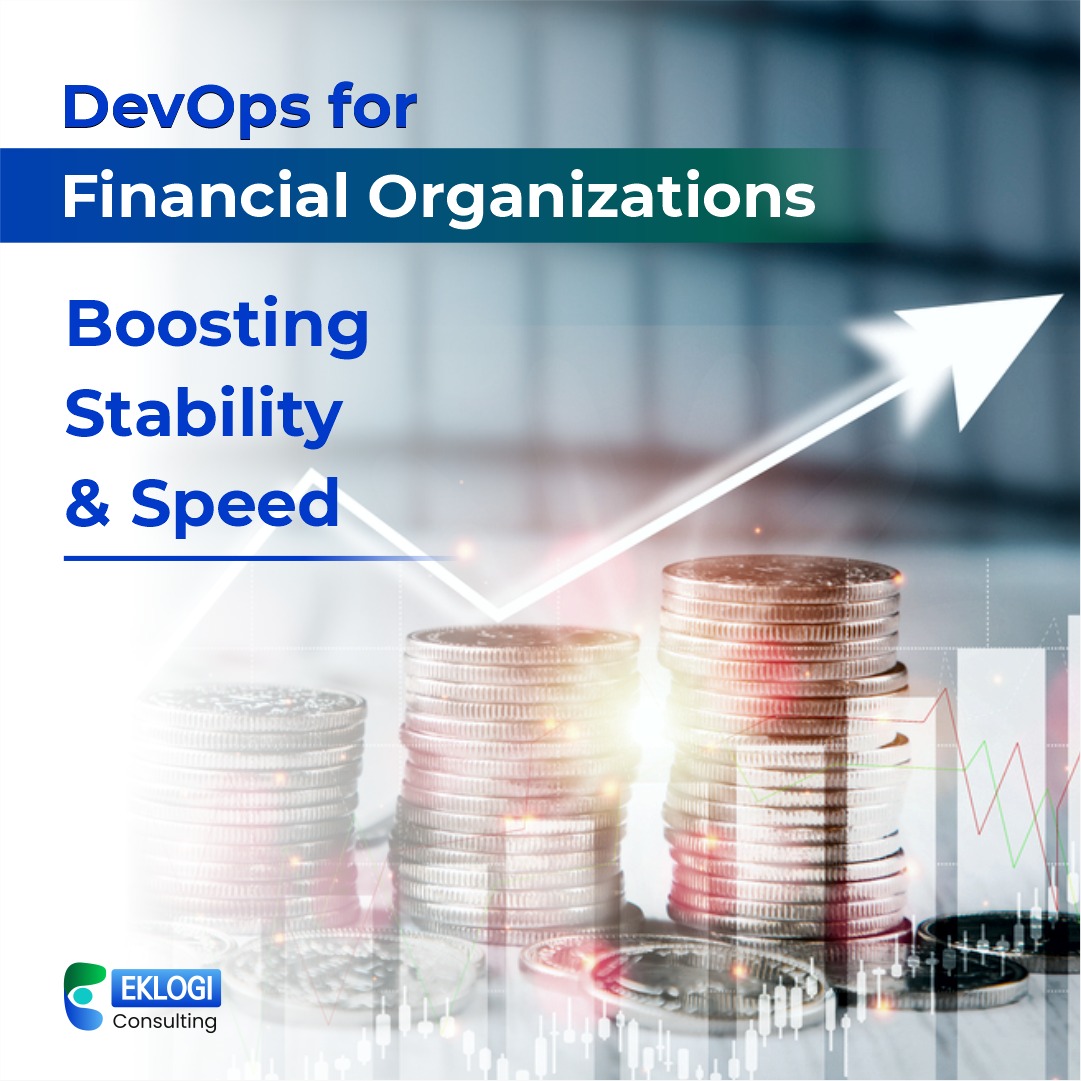DevOps in Banking: Reducing Failures, Accelerating Delivery

Introduction
In large financial organizations, integrating third-party banking products presents significant challenges. Two major business problems arise:
1. System Breakdowns in Later-Stage Testing or Production – Traditional setups often struggle with late-stage failures due to poor integration and lack of early testing.
2. Slow Pace of Delivery – Lengthy development cycles hinder responsiveness to market changes and regulatory requirements.
This article compares traditional vs. DevOps-enabled organizations using general industry patterns and case studies to illustrate the impact of DevOps.
1. Traditional Approach: Challenges and Pitfalls
A. System Breakdowns in Later Stages
Siloed Teams:Development, testing, and operations work in isolation, leading to integration issues discovered late in the cycle.
Manual Testing & Integration: Testing is often conducted manually in distinct phases, increasing chances of undetected defects.
Delayed Feedback Loops: Errors surface late, requiring costly rework and sometimes causing outages in production.
Limited Observability: A lack of centralized logging and monitoring makes it difficult to detect and diagnose issues in real time.
Case Study 1: A Large Retail Bank
A large retail bank followed a traditional SDLC model with quarterly releases. When they attempted to integrate a new payment system with a third-party provider, untested API changes led to system failures in production. The result was a 12-hour outage that disrupted thousands of transactions, causing significant financial and reputational damage. The incident also attracted regulatory scrutiny, highlighting the risks of late-stage integration failures.
B. Slow Pace of Delivery
Monolithic Releases: All changes are bundled together, causing delays if a single component fails testing.
Lengthy Approval Chains: Multiple handoffs between teams and lengthy compliance checks slow down the release cycle.
Infrastructure Constraints: Rigid, manually provisioned infrastructure delays environment setup.
Security as a Bottleneck: Security assessments are performed late in the development cycle, leading to last-minute delays.
Case Study 2: A Global Investment Bank
A global investment bank faced significant delays in rolling out new features, often taking between 6 to 9 months for even minor enhancements. Their dependency management complexities, combined with a lack of automation, meant that releases were infrequent and prone to integration issues. Meanwhile, competitors that had embraced agile and DevOps practices were able to launch similar features in under two months, putting the investment bank at a competitive disadvantage.
2. DevOps-Enabled Organizations: Solutions and Benefits
A. Reducing System Breakdowns
Continuous Integration & Testing: Automated tests ensure early defect detection.
Shift-Left Approach: Security and compliance checks are embedded early in the development cycle.
Infrastructure as Code (IaC): Ensures consistent, repeatable deployments, reducing failures.
Enhanced Observability: Real-time monitoring, logging, and tracing provide visibility into system health, enabling proactive issue resolution.
Case Study 3: A Leading Digital Bank
A leading digital bank transformed its software development lifecycle by implementing CI/CD pipelines and automating functional and regression tests. As a result, post-production defects were reduced by 75%, significantly improving system stability. Additionally, they adopted canary releases, allowing them to validate changes in a controlled manner before full deployment. By incorporating observability tools like centralized logging and distributed tracing, they could detect anomalies early, reducing mean time to resolution (MTTR) and improving customer experience.
B. Accelerating Delivery
Microservices & API-Driven Development: Modular services reduce dependencies and accelerate deployment.
Automated Deployment Pipelines: CI/CD allows faster, smaller, and more frequent releases.
Self-Service Infrastructure: Developers provision environments on demand, reducing bottlenecks.
DevSecOps: Security is integrated into the pipeline through automated vulnerability scanning, threat modeling, and policy enforcement.
Case Study 4: A FinTech Company
A fast-growing FinTech company shifted from quarterly releases to bi-weekly releases by fully adopting DevOps principles. They leveraged Kubernetes for scalable, automated infrastructure and adopted microservices architecture to break down large applications into manageable components. Additionally, they embedded DevSecOps practices, automating security scanning in their CI/CD pipelines, ensuring compliance without slowing down development. This shift reduced their go-to-market time for new features by 60%, enabling them to respond quickly to customer demands and market changes.
3. Key Takeaways for Financial Organizations
A. Invest in CI/CD Pipelines
Implement continuous integration (CI) to ensure every code commit is tested automatically.
Use automated test suites covering unit, integration, functional, and security tests.
Implement continuous delivery (CD) pipelines to deploy changes automatically based on test results.
B. Embrace Shift-Left Practices
Integrate security, compliance, and performance testing early in the development process.
Implement static and dynamic code analysis tools to catch vulnerabilities early.
Train development teams on secure coding practices and compliance requirements.
C. Adopt Microservices & APIs
Break down monolithic applications into smaller, independent services.
Use API gateways to manage and secure communication between microservices.
Implement versioning strategies to ensure backward compatibility and smooth integration with third-party products.
D. Leverage IaC & Automation
Use tools like Terraform and Ansible to automate infrastructure provisioning.
Maintain environment parity between development, testing, and production environments.
Implement self-healing infrastructure to automatically replace failed components.
E. Foster Observability & Resilience
Implement centralized logging, monitoring, and alerting systems.
Use distributed tracing to track transactions across microservices.
Adopt AI-driven anomaly detection for proactive issue resolution.
F. Encourage Cross-Team Collaboration
Establish cross-functional teams including developers, testers, security, and operations personnel.
Foster a culture of shared responsibility through blameless postmortems and continuous feedback loops.
Use collaboration tools like Slack, Jira, and Confluence to streamline communication and tracking.
Conclusion
For financial organizations, transitioning from a traditional to a DevOps-enabled model is crucial for maintaining system reliability and accelerating delivery. By adopting automation, CI/CD, DevSecOps, and observability, firms can reduce risks, improve agility, and gain a competitive edge in the evolving financial landscape.
Contact Us
If you are interested in above then our team of experts can help you design and implement a tailored strategy for your organisation. Contact us to learn more about how we can support your DevOps transformation journey.